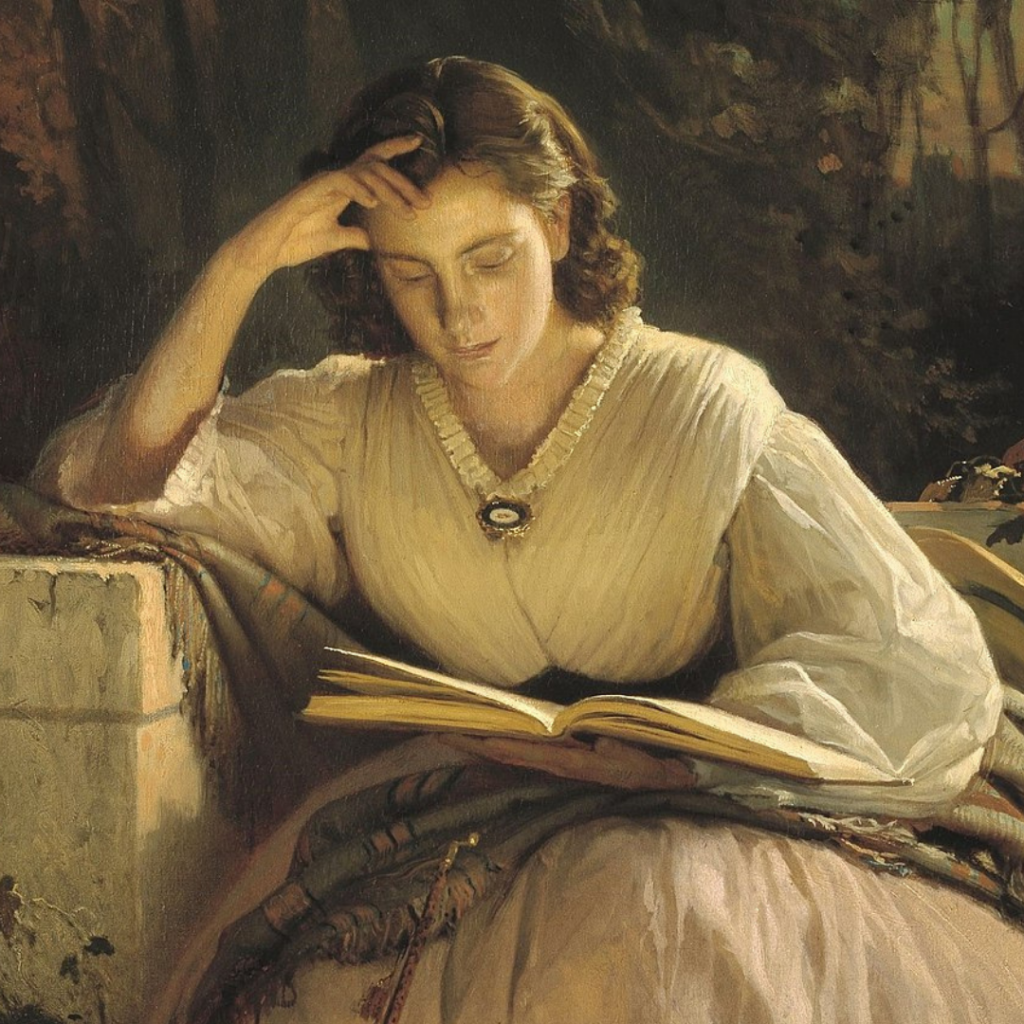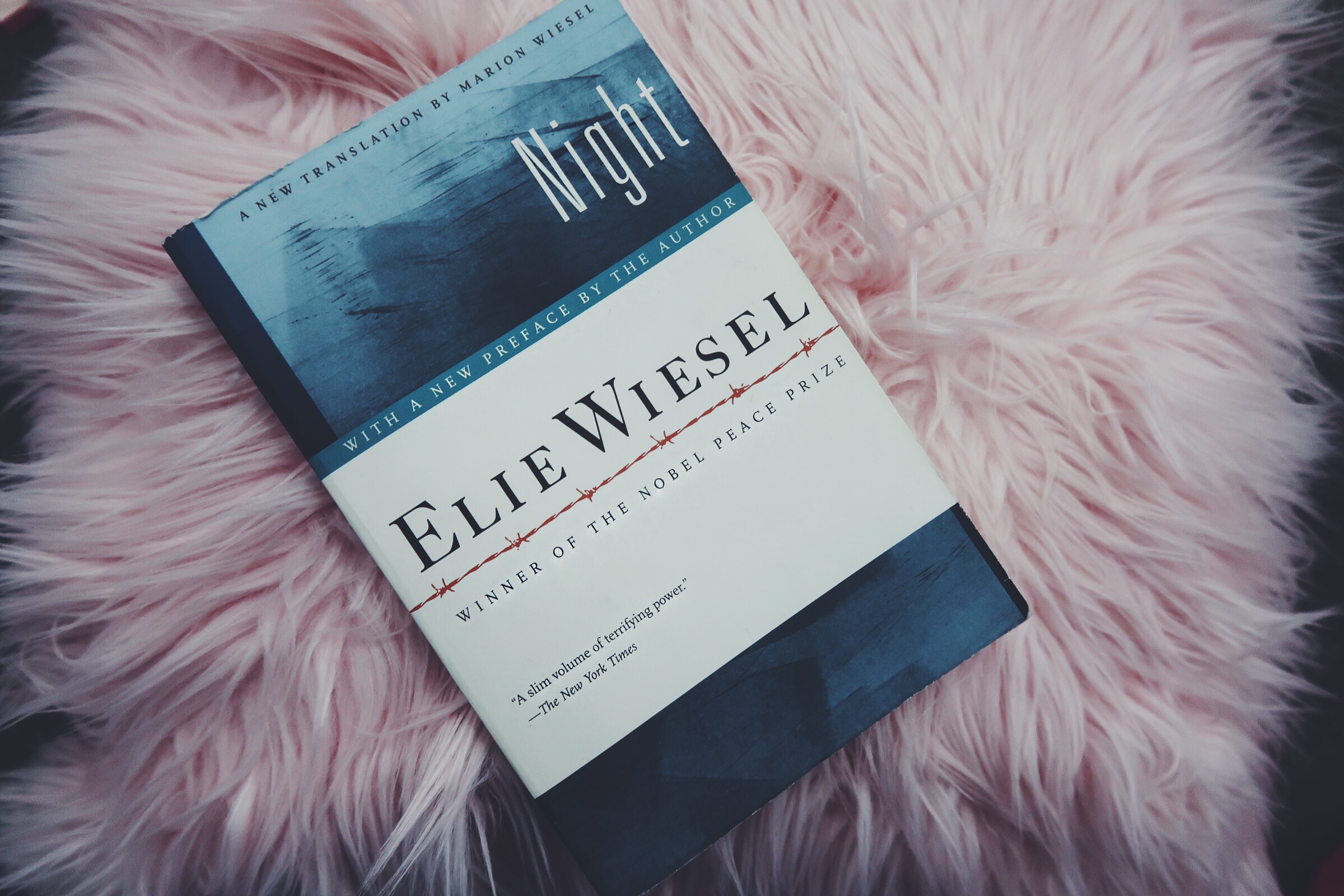Mood in reading is an essential element of literature that can greatly impact one’s experience with written materials. Whether you’re reading a classic novel or a contemporary bestseller, the mood of a book can create a particular emotional atmosphere that draws you in and keeps you engaged.
In this article, we’ll explore what mood in reading is, why it matters, and how you can use it to enhance your literary experience. We’ll also look at some examples of books that effectively use mood to create a memorable reading experience.
What is the Meaning of Mood in Reading?
In literature, mood refers to the emotional atmosphere or tone that a writer creates for the reader. It’s the feeling that a story evokes in the reader, whether it’s excitement, fear, nostalgia, or something else entirely.
Mood is different from tone, which refers to the writer’s attitude towards the subject matter or audience. Tone is often expressed through the use of language, while mood is created through the setting, imagery, and other literary devices.
One example of mood in literature is the dark, foreboding atmosphere of Edgar Allan Poe’s “The Raven”. The poem is set in a chamber at midnight, and the imagery of the raven and the tapping at the door creates a sense of dread and unease.
Another example is the nostalgic, bittersweet mood of F. Scott Fitzgerald’s “The Great Gatsby”. The novel’s setting in the 1920s, the imagery of the green light, and the character of Jay Gatsby all contribute to the mood of longing and loss.
Why is Mood Important in Reading?

Mood is important in reading because it can greatly impact your emotional response to a story. A well-crafted mood can create a sense of immersion in the story and make it more memorable. It can also affect the reader’s interpretation of the characters and events in the story.
One example of the impact of mood in reading is George Orwell’s “1984”. The novel’s bleak, oppressive mood contributes to the reader’s sense of hopelessness and despair. The reader feels trapped in the dystopian world of the novel, and this mood reinforces the novel’s themes of totalitarianism and individualism.
Another example is J.K. Rowling’s “Harry Potter and the Philosopher’s Stone”. The novel’s whimsical, magical mood creates a sense of wonder and excitement in the reader. The reader is drawn into the world of Hogwarts and the wizarding world, and this mood reinforces the novel’s themes of friendship, courage, and adventure.
How to Identify and Analyze Mood in Literature?

Identifying and analyzing mood in literature can enhance your reading experience and help you appreciate the power of mood in storytelling. Here are some tips for identifying and analyzing mood in literature:
- Pay attention to the setting: The setting of a story can greatly impact the mood. For example, a story set in a dark, abandoned house will create a different mood than a story set on a sunny beach.
- Look for sensory details: Sensory details like smells, sounds, and textures can help create a mood. For example, the sound of a howling wind can create a sense of foreboding, while the smell of flowers can create a sense of nostalgia.
- Consider the themes and symbols: The themes and symbols in a story can also contribute to the mood. For example, the symbol of a butterfly can create a sense of freedom and transformation, while the theme of death can create a sense of sadness and loss.
- Analyze the language and style: The language and style of a story can greatly impact the mood. For example, a story with short, choppy sentences can create a sense of tension and urgency, while a story with long, flowing sentences can create a sense of calm and relaxation.
Case Study: “To Kill a Mockingbird” by Harper Lee
Harper Lee’s “To Kill a Mockingbird” is a classic novel that effectively uses mood to create a memorable reading experience. The novel is set in the 1930s in the fictional town of Maycomb, Alabama, and the mood is one of nostalgia and innocence. The narrator, Scout Finch, is a young girl who sees the world with wonder and curiosity, and this mood is reinforced by the descriptions of the town and the characters.
One example of the effective use of mood in the novel is the scene in which Scout and her brother Jem attend a church service in the African-American community. The mood is one of reverence and respect, as the African-American characters sing hymns and pray together. This scene reinforces the novel’s themes of racial equality and justice, and creates a powerful emotional impact on the reader.
Tips for Enhancing Mood in Reading

Enhancing the mood in your reading can greatly impact your literary experience and make it more memorable. Here are some tips for enhancing the mood in your reading:
- Create the right environment: The environment in which you read can greatly impact the mood. For example, reading a spooky story in a dark room can create a sense of fear and suspense.
- Use music and sound effects: Music and sound effects can enhance the mood of a story. For example, listening to spooky music while reading a horror story can create a sense of dread and unease.
- Pay attention to your own emotions: Your own emotions can also contribute to the mood of a story. For example, if you’re feeling sad, reading a melancholy story can intensify your emotions and create a more powerful reading experience.
- Take breaks: Taking breaks while reading can allow you to reflect on the mood and emotional impact of the story. This can enhance your understanding and appreciation of the story.
Case Study: “The Handmaid’s Tale” by Margaret Atwood
Margaret Atwood’s “The Handmaid’s Tale” is a dystopian novel that effectively uses mood to create a powerful emotional impact on the reader. The novel is set in the Republic of Gilead, a totalitarian society in which women are subjugated and oppressed. The mood is one of fear and oppression, and this is reinforced by the descriptions of the society and the characters.
One example of the effective use of mood in the novel is the scene in which the protagonist, Offred, attends a secret meeting of women who share forbidden knowledge and stories.
The mood is one of hope and resistance, as the women defy the oppressive society and assert their own agency. This scene reinforces the novel’s themes of female empowerment and resistance, and creates a powerful emotional impact on the reader.
In conclusion, mood is a vital component of literature that can captivate readers and elevate the power of storytelling. by analyzing the language, style, themes, and symbols in a story, we can gain a deeper understanding of the emotions and atmosphere created by the author. furthermore, by enhancing the mood through our reading environment, music, and personal emotions, we can intensify our connection to the story and the characters. whether you’re reading a classic novel or a contemporary bestseller, paying attention to the mood can transform your literary experience and leave a lasting impression. so, the next time you pick up a book, remember to tune in to the mood and let yourself be carried away by the author’s words.
Share


